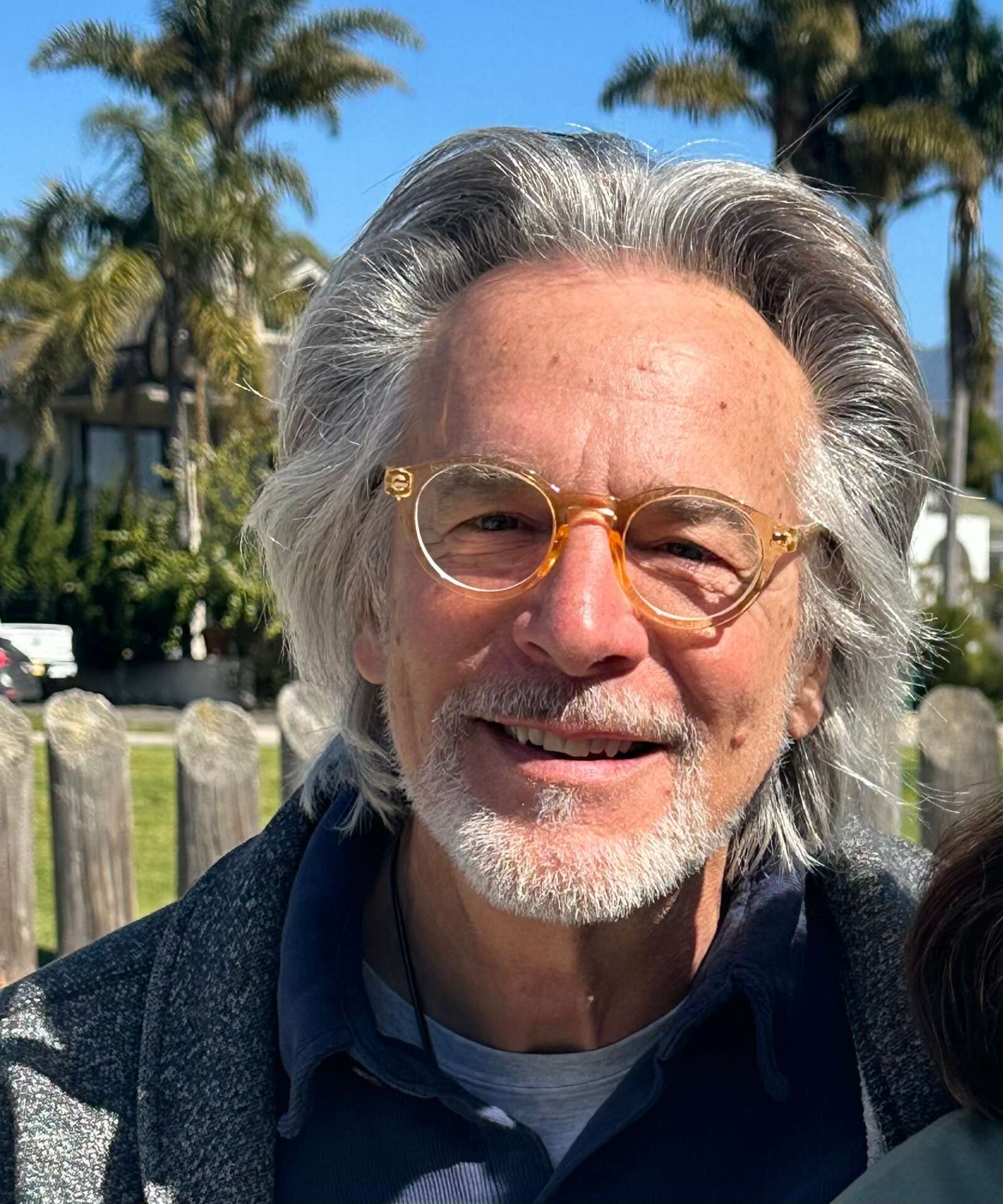We caught up with the brilliant and insightful Chuck Ceraso a few weeks ago and have shared our conversation below.
Chuck, thanks for joining us, excited to have you contributing your stories and insights. Can you talk to us about how you learned to do what you do?
I studied painting and sculpture in college and then studied with a couple of artists outside of that. I find my learning process has been directly related to the amount of time I put in. Less time equals less learning. At different points the amount of time in study varies, and the equation bears out.
The biggest learning came with the insight that doing studies is essential to the speed of skill growth. At first I thought of painting as always going for a finished piece with every canvas. Then I learned that focusing on specific aspects of the process of painting was more beneficial. Things like doing quick landscape or still life studies that focused on creating a color harmony based on the major masses (areas of the subject that are either in direct light or indirect light (shadow). I’ve done hundreds of these small paintings that aren’t intended to be shown but are strictly for developing my skill of color perception and color mixing to capture my visual experience. Another has been using a sketch book and pencil to study different compositions of the same subject. The way the subject is arranged on the canvas has a powerful influence on the overall impact of a painting.
An important skill I’ve focused on developing is the ability to get out of the habit of judgement in the act of painting. I’ve learned that even positive judgements hamper the ability to clearly see what’s happening in a painting and what adjustments it may need. Painting isn’t about liking or disliking; it’s about impact. I need to notice how the different colored shapes in the painting work together. Do they create a color harmony, are any colors too dark or too light or too warm or too cool? Does the arrangement of the shapes and how the eye moves from one to another keep me in the painting or do they lead my eye out of it. Does all of this convey the aliveness I experience in relation to the subject.
The most difficult skill I’ve had to master is the ability to keep my attention on the entire subject throughout the painting process. There is an overwhelming tendency to fix the attention on one section at a time. This misses that there is a relationship between the colored shapes. All paintings, whether abstract or representative are comprised of shapes of color. Looking at one at a time doesn’t facilitate the seeing of the relationships and therefore the painting loses the gestalt of the subject. This is the understanding that the whole is greater than the sum of the parts. I’ve learned that I can use my eyes in a soft focus and notice all the colored shapes at the same time to stay with the whole. Scanning is also helpful. Remembering to do those two things is surprisingly elusive.
The obstacles to being an effective painter are discouragement, judgement, thinking I know something about my subject and thinking I’m not capable. These are all symptomatic of painting from ideas rather than from simply trusting what the eyes present. Over the years I’ve whittled away at each of these as I come more and more into a clearer perception. My most significant teacher, Henry Hensche, said, “you have to humble yourself before nature will reveal her secrets to you.” Buddhists refer to this as “beginner’s mind.” Painting is done through awareness, not mental concepts. It is more an act of receptivity than an act of will.
After 50 years of painting, I feel more a beginner at this work than I ever have. When I first started this work, feeling like a beginner made me cautious and timid. Now feeling that makes me curious and excited to discover more.


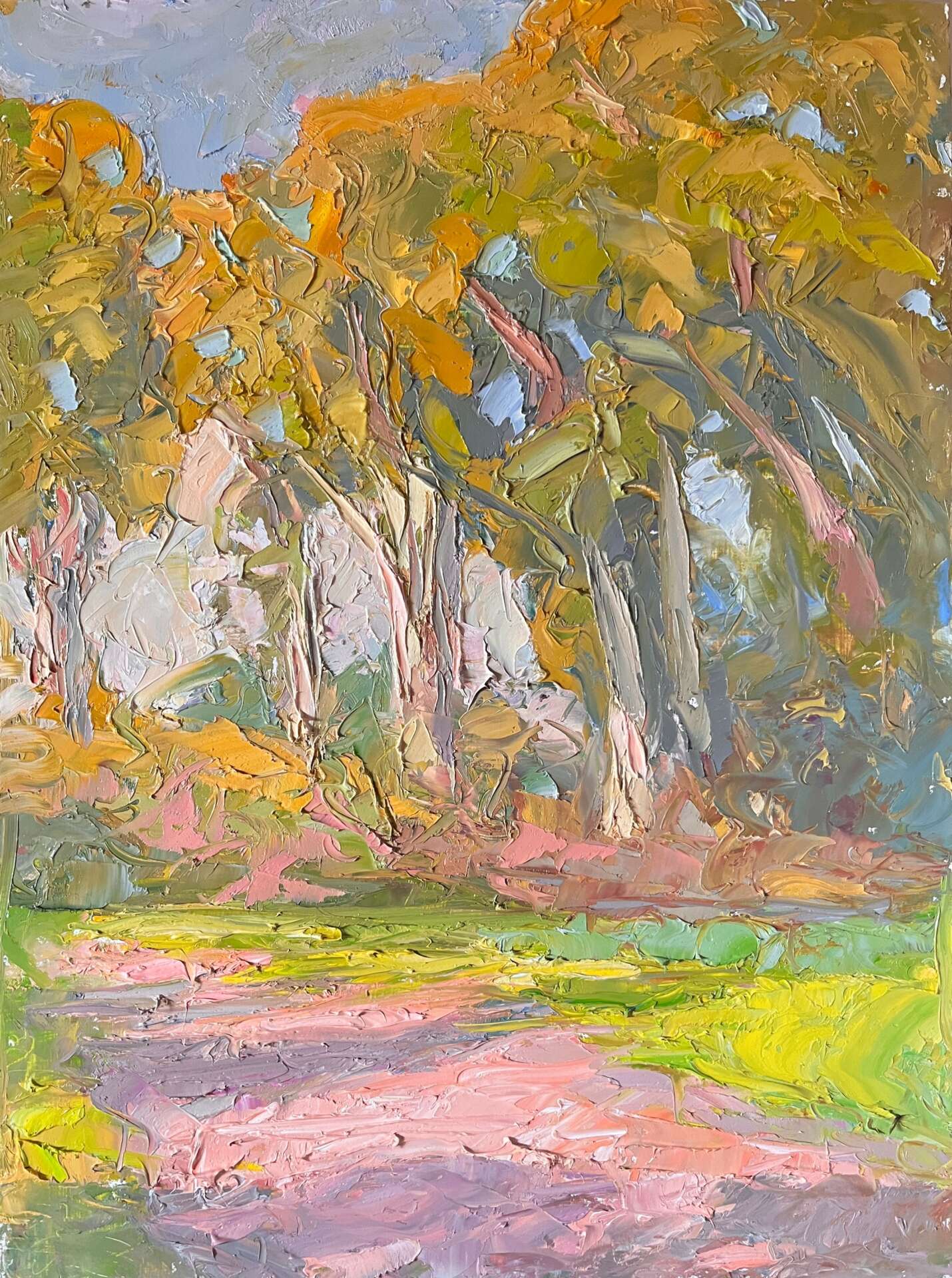
Chuck, love having you share your insights with us. Before we ask you more questions, maybe you can take a moment to introduce yourself to our readers who might have missed our earlier conversations?
I went to college as a math major. Mathematics was my first love in high school but after my second year in college I lost interest. I took courses in writing, psychology and philosophy, looking for something else to inspire me. It was an introductory studio art class that finally won me over. I had never done anything artistic but I figured it would be an easy grade, so I took the course.
It changed my life. Lights were flashing and trumpets blaring as I explored drawing and painting. It was thrilling to me. It also created a dilemma as I believed that artists were born knowing that’s what they were and I wasn’t born with that, so how could I possibly major in art and become an artist? Fortunately the woman who taught that course was able to help me see that if I truly loved art making, then I was an artist at heart and I could learn the necessary skills. So I took the plunge.
This decision led to my somehow managing to make a living selling artwork and later through another love I discovered, teaching. It was such a life changing experience for me, taking up painting, that I thought maybe others would have that too. I designed courses like, Drawing for People Who Think They Can’t and Painting for People Who Think They Can’t. I’ve taught thousands of people over the years and have found it as gratifying as painting. Many of the people I’ve worked with have found their love for art making in these courses and have continued with me for quite some time.
I’ve now moved on to a kind of artistic coaching/mentoring where I work one on one with clients who want to expand their creativity and overcome their fears and judgements around that. I’ve learned how to see where a person has beliefs that limit their ability to soar as an artist and I have learned and continue to learn effective ways to help them overcome those limitations. I coach business leaders in enhancing their creativity as well. I even coach people who just want to live their life more creatively.
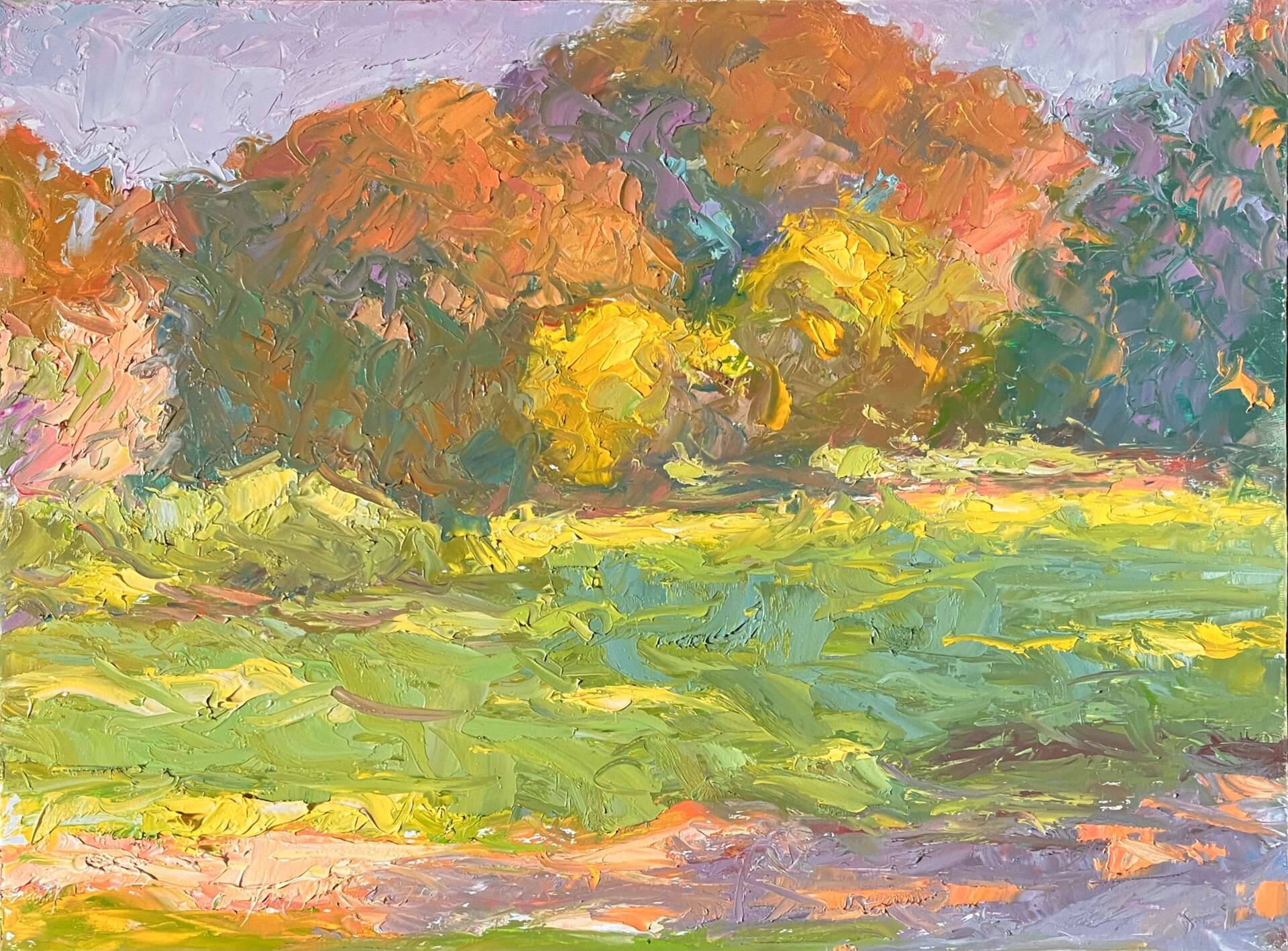

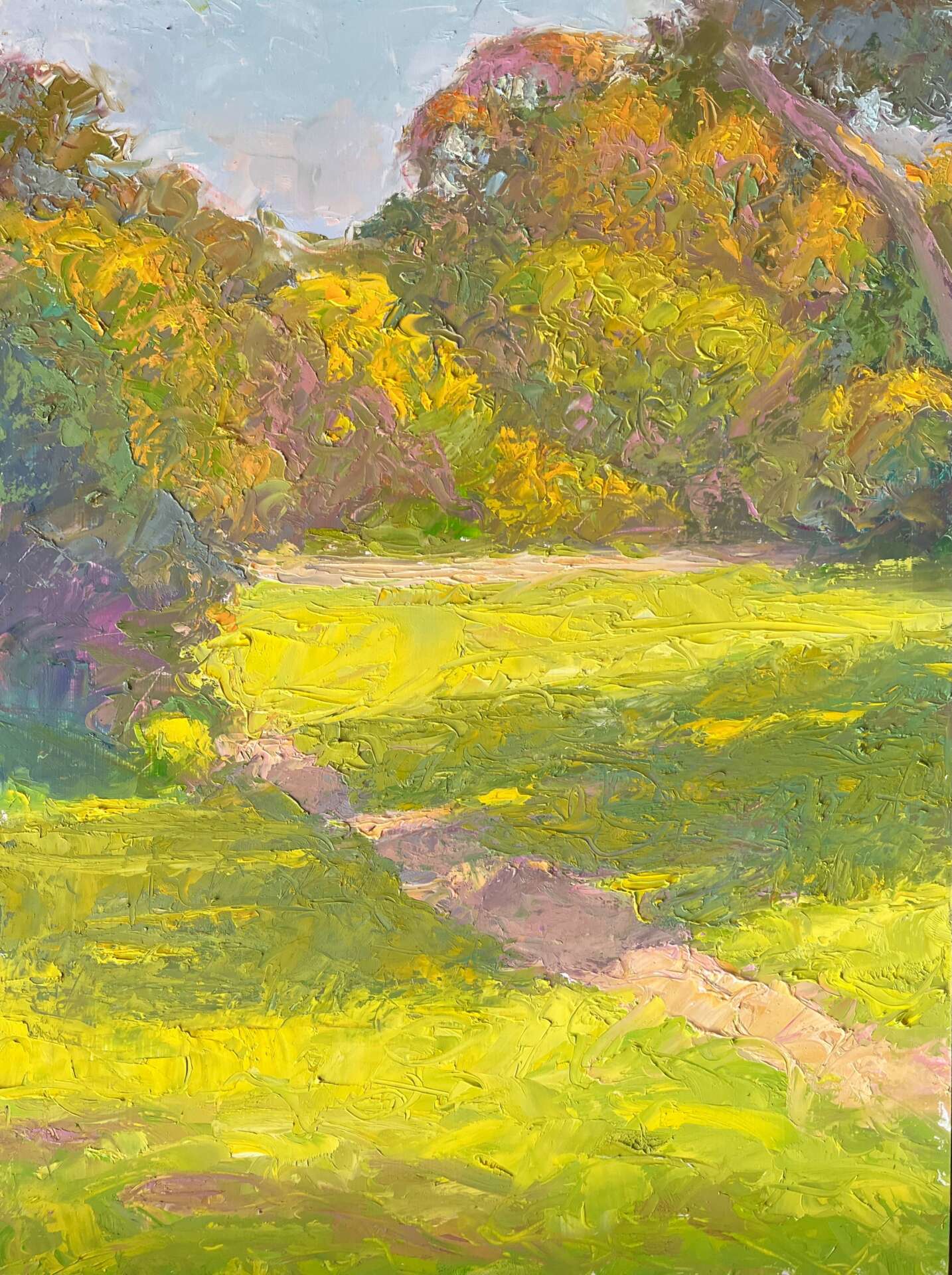
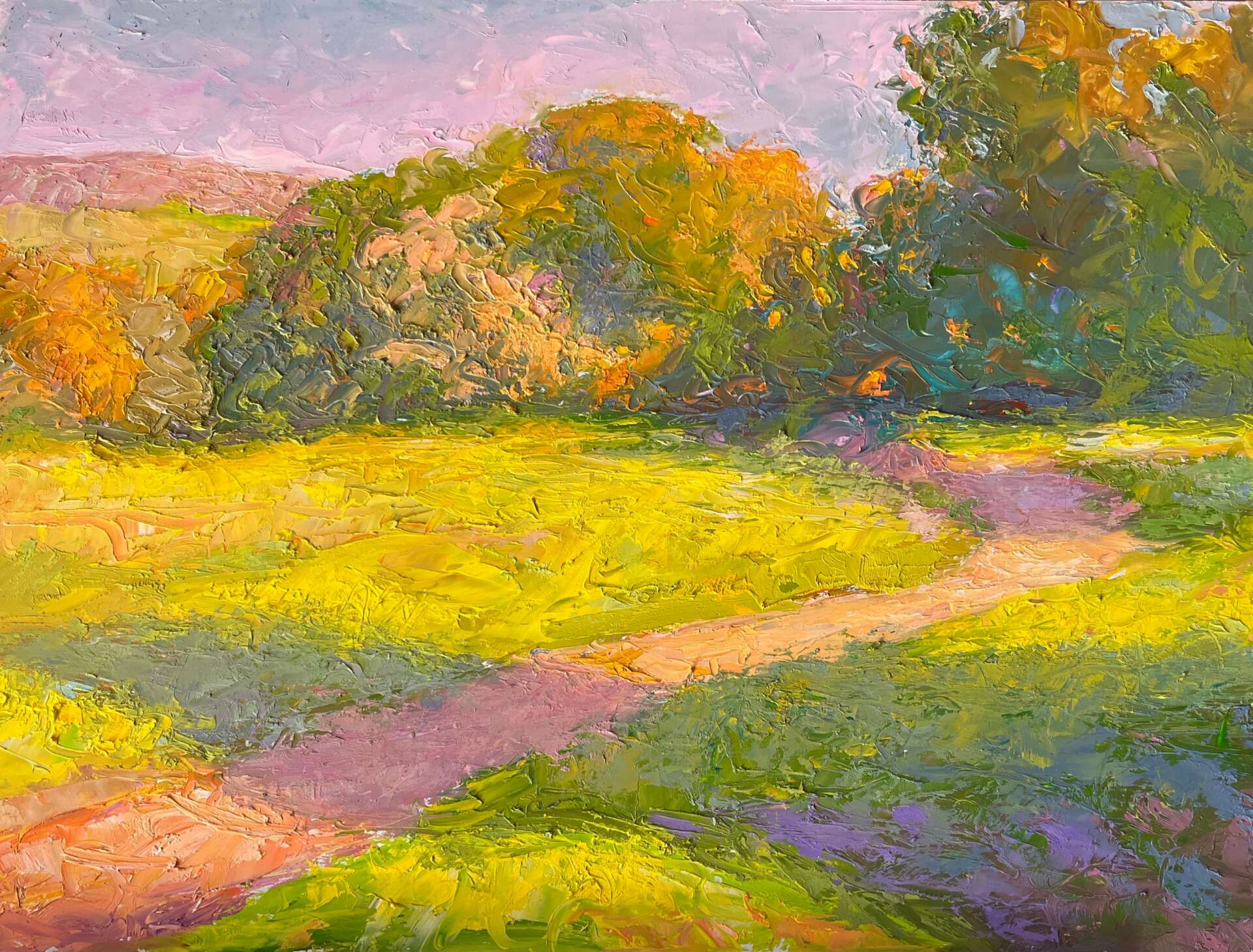
What do you find most rewarding about being a creative?
The most rewarding aspect of being an artist is that it showed me how to live my life as an art form. It taught me how to overcome self judgment and fear and live with much more spontaneity and aliveness in all facets of my life. I find I have more curiosity and openness to new ideas and experiences and in that I discover more about myself and this world. I’ve become much more interested in what I don’t know than in what I think I do know. And most importantly, I find the most rewarding thing is access to a deeper state of being and the presence of awareness.
It’s also taught me the power of effective questions, questions that continue to bring new insights. For example, take the question, should I do this? More effective questions would be, what do I believe that makes me want to do this? What do I believe that makes me not want to do this? What outcome am I looking for in doing this? Are there other ways to get to this outcome?
Art making can teach one the power of curiosity and openness in overcoming the obstacles in life and in enhancing the experience of joy and inner peace. Life itself is art. Creativity is its nature.
Is there something you think non-creatives will struggle to understand about your journey as a creative? Maybe you can provide some insight – you never know who might benefit from the enlightenment.
I would say that the hardest thing for a non-creative to understand about the journey as a creative is the difference between outcome and process. Our cultural conditioning is all about outcome, the future. School is about having the right answers and getting good grades while career is about making enough money. We’re conditioned to orient ourselves to the future.
Art making is about being absorbed in the present moment. It’s about being receptive to what we notice in the here and now. It’s about a state of being. Robert Henri, an artist and popular teacher in the early 20th century said that art making facilitates the “attaining of a more than ordinary state of consciousness.”
Future orientation is about doing, present moment orientation is about being. The rewards of finding the “being” part of homo sapiens is endless. There is certainly a “doing” in art making but it’s the result of “being” in the moment, not getting to a future. It’s actually more of an allowing than a doing. In that we can find a thrilling and inspired state of being. It’s worth finding. More than any pleasure we can get outside of ourselves, we can find the perpetual state of inspiration, aliveness and joy that resides within as a creative.
Contact Info:
- Website: www.cerasogallery.com
- Instagram: chuck_ceraso_gallery
- Facebook: Ceraso gallery and studio
- Linkedin: Chuck Ceraso
- Youtube: Chuck Ceraso
Image Credits
All images by Chuck Ceraso or Laurel Hauk


